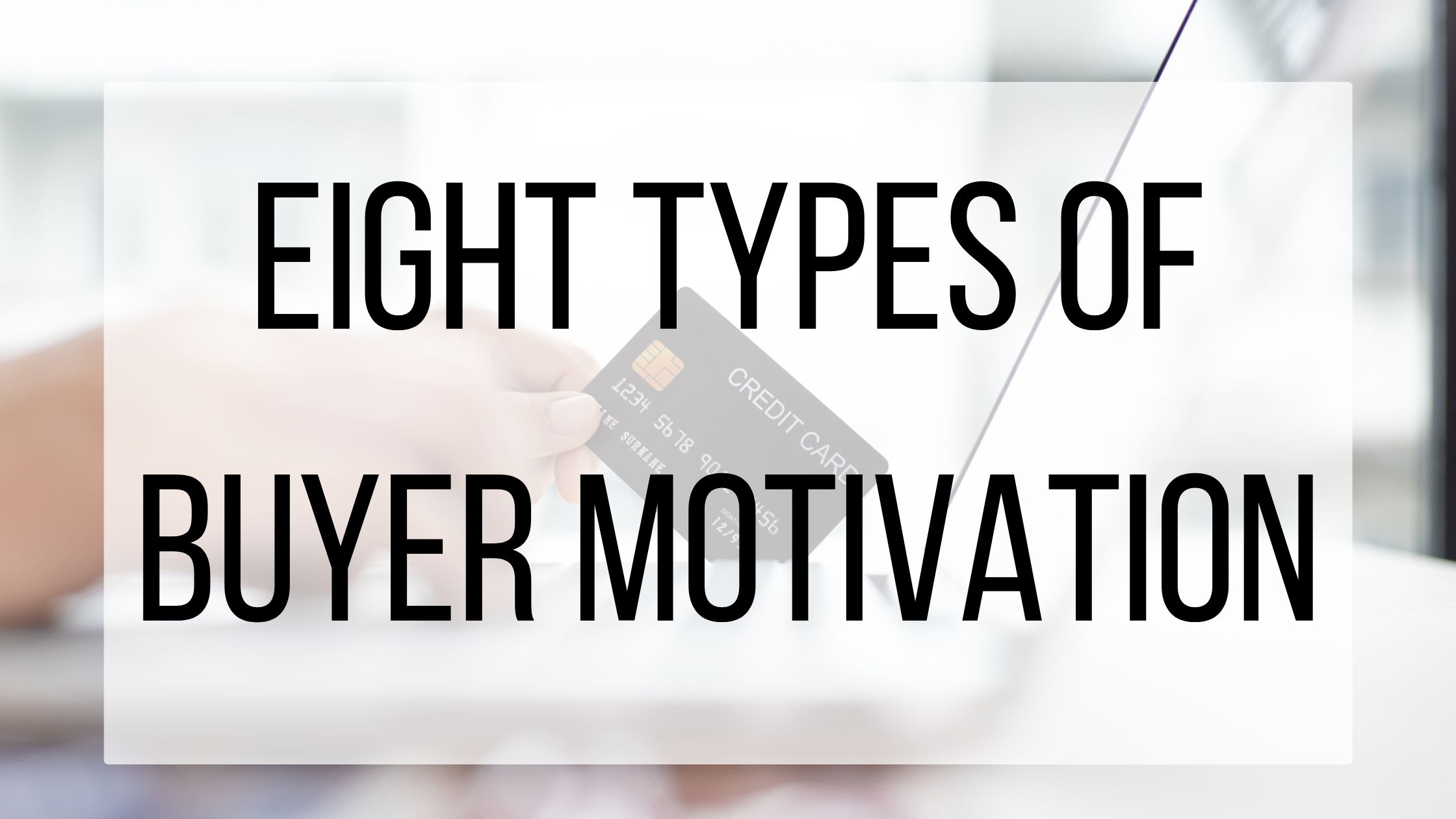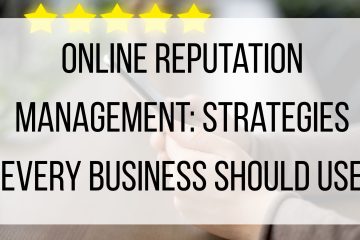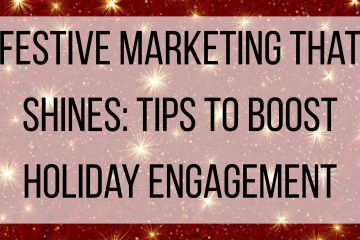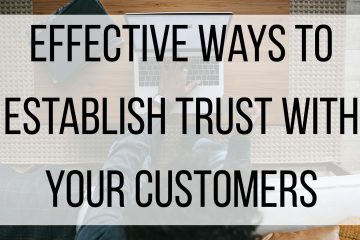Eight Types Of Buyer Motivation

Knowing what is motivating customers to make a purchase can be tricky. People are looking to buy products for their own personal reasons, but there are eight common categories that drive shoppers to make a purchase. By understanding the basic types of buyer motivation, you will be aware of what you need to consider when planning your marketing and sales efforts.
What Is Buyer Motivation?
Simply put, buyer motivation is what drives a customer to make a purchase. There are three main stages: Awareness, Consideration, and Decision. Understanding these stages and the motivations behind them helps you guide the buyer through the process and increases your chance of making a sale.
Buyer Motivations:
1. Need is one of the most important buyer motivations. Buyers driven by need are on the lookout for a product that can help them solve their issues. Some buyers driven by need know exactly what they are looking for, while others might need a little guidance. Make them aware of your solution and why is it the best choice for them.
2. Acceptance as a buyer motivation is driven by a customer’s want to fit in, or fear of missing out. These buyers want your product (or a similar product) because everyone around them seems to have it. In this case, it can be helpful to emphasize how quickly your product sells out or showcase people in different scenarios using your product, to drive the point that everyone does in fact have your product, and they need it too.
3. Fear is a driving factor in some purchasing decisions. These buyers are looking for the safest option. For these buyers, emphasize what makes your product “safe”- safety features, clean ingredients, or even a great return policy. Find out what makes them nervous or anxious about purchasing a product, and address how you can help them.
4. Impulse buying is another buyer motivation. Sometimes, people don’t put much thought into what they are purchasing. Impulse buying can be encouraged by running flash sales, creating excitement around your product, and sharing testimonials from customers. Make sure that you are honest about what your product does and why your potential buyer needs it right away- you want them to be pleased with their product once they receive it.
5. Pleasure is another buyer motivation- customers purchase a product simply because they want it, not because they need it. Targeting buyers who are shopping for pleasure is the easiest with luxury items, but works for a range of products. There are some products that are harder to sell for “pleasure” purposes (household cleaners, insect repellent, toothpaste) but you can promote why your product makes these simple items elevated.
6. Aspiration motivated buyers are in the market for products to help them reach a certain goal. Maybe they want to get in shape, so they are looking for new equipment to add to their home gym. You could promote your products as being top of the line, the best value for their money, or coming in unique colors and patterns. Show them how your product can help them achieve the goal they are trying to reach!
7. Financial Gain motivates buyers to make a purchase because of the deal that they are getting. You can use this to your advantage in many ways. If you offer any bundles that save customers overall, promote those! If you have something that helps with productivity, let your audience know. By advertising how you save your customers money or help them make more money, they will realize they are missing out if they do not purchase your product.
8. Health is the final buyer motivation. The health market has grown tremendously over the last few years, so make sure that you point out what makes your product special. Not all companies can cater to buyers driven by health reasons, but if your products make your customer’s lives healthier in any way add that to your marketing strategy. Make sure that your reasons are valid and will actually help customers meet their health goals.
While eight buyer motivations are a lot to keep up with, the odds are that you will mostly stick to two or three. Listen to what your audience is looking for and demonstrate ways that you can help. Understanding your audience is the best way to run a successful business! What is your main buying motivation when making a purchase?


